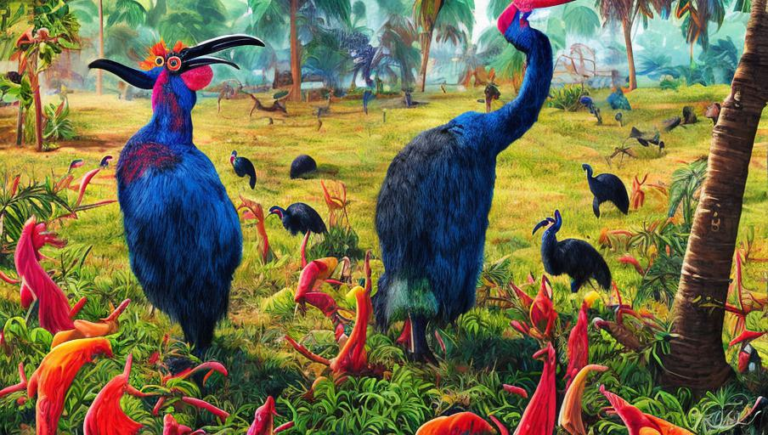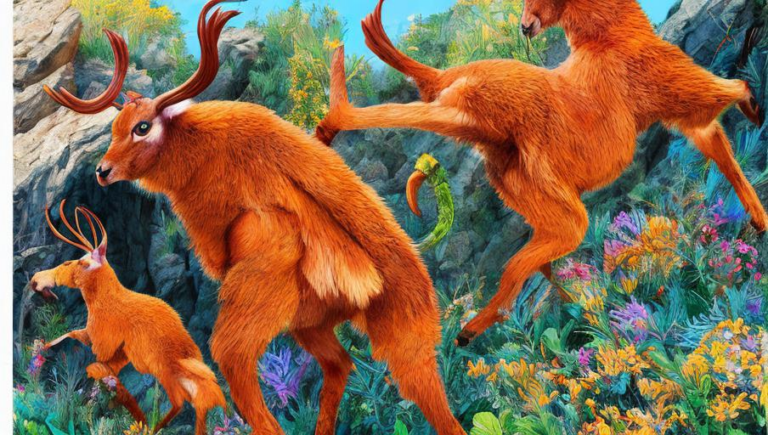Yearning for Answers: Dugong Migration

Introduction
Dugongs are large, aquatic mammals found in the shallow coastal waters of the Indian and Pacific Oceans. These gentle creatures have been making headlines in recent years due to their mysterious migratory patterns. While some scientists have studied the dugong’s behavior, many questions still remain unanswered.
A Closer Look at the Dugong
Dugongs are closely related to manatees and are the only living species in the Dugongidae family. They can grow up to 10 feet in length and weigh up to 400 kilograms (880 pounds). These slow-moving animals typically feed on sea grass and can dive up to 60 feet in search of food. Their sensitive whiskers allow them to detect underwater movements, and their powerful tails are used for propulsion. Females give birth to a single calf every two to seven years, and the newborns stay with their mothers until they reach maturity, usually around four years old.
Migration Patterns
Dugongs migrate in order to find food sources and better habitats. In recent years, many dugongs have been spotted in unusual locations, such as the coasts of East Africa and South America. Scientists are unsure why these animals are showing up in such remote areas, but some believe that climate change and overfishing of their traditional habitats may be driving them to search for new places to live.
To better understand the dugong’s migration patterns, scientists are studying their behavior. By tracking the movement of dugongs over long distances, researchers have been able to gain valuable insight into their behavior. For example, it has been found that dugongs travel in groups and often return to the same areas year after year. They are also known to follow the same migratory routes during their annual migrations.
Scientists have also observed that dugongs tend to migrate during the warmer months of the year when the water temperatures are higher. This suggests that the animals are using the warmth of the water to aid them in their journey. Additionally, dugongs have been known to travel hundreds of kilometers in search of food, so it is possible that their migratory patterns are related to their food sources.
Migration and Conservation
As dugong migration patterns remain a mystery, it is important to consider their conservation. These animals are vulnerable to threats such as habitat destruction, water pollution, and entanglement in fishing nets. By understanding the reasons behind their migrations, scientists can help protect them and ensure their survival.
To protect the dugong, researchers are working to establish protected areas and sanctuaries for them. Additionally, many organizations are investing in research projects to better understand the dugong’s behavior and migratory patterns. By doing so, scientists can help ensure that these gentle creatures are able to continue their journey through the oceans safely.
Conclusion
The mysterious migrations of the dugong remain a mystery. While scientists continue to study the behavior of these animals, much remains to be discovered. However, by understanding the reasons behind their migrations, conservationists can better protect them and ensure their survival for generations to come.





